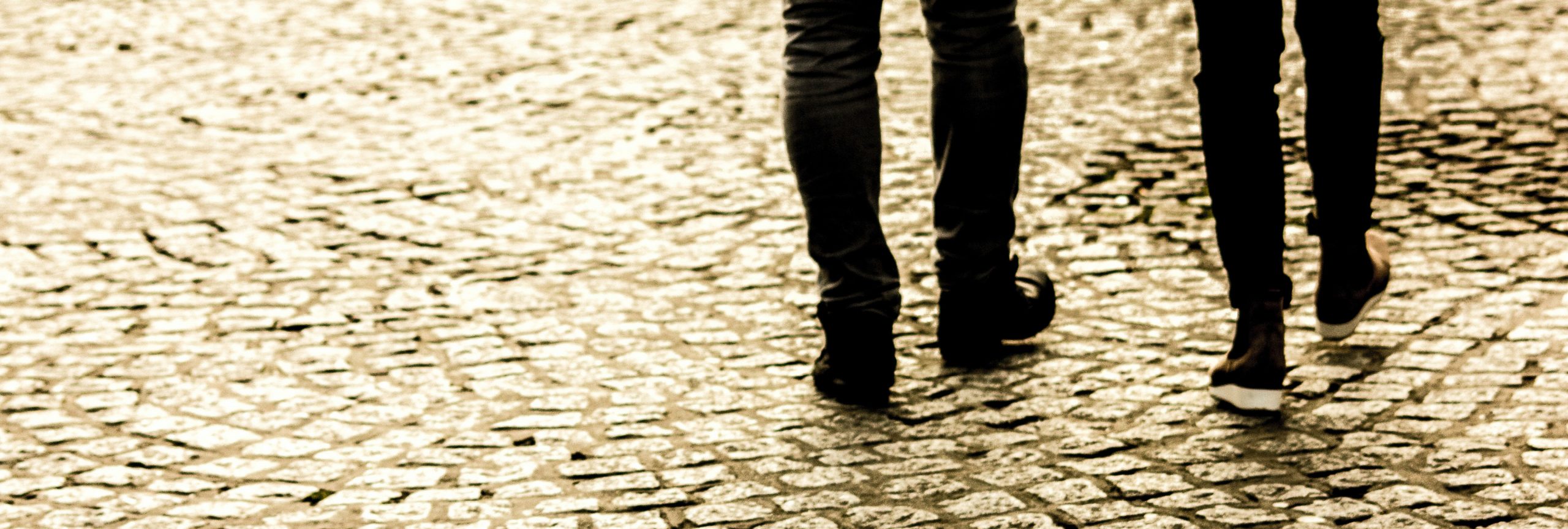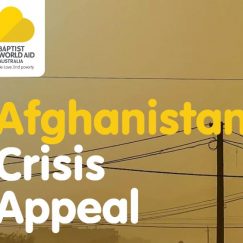30th October 2019
Views from the Manse – Part 2: Introduction to Tekin
Before I was 4, I had been exposed to Chinese, Indian, Malay, and colonial English cultures (add war and peace to that, if they are cultures). By the time I was 14 I was enrolled in an International Christian Missionary School with Dutch, German, English, Canadian, USA, South African, Swiss, Australian, and New Zealand children and living in the Japan.
We actively learnt about all these different cultures and customs. Yule logs from England, Christmas trees from Germany, clog shoes from Holland and Christmas carols from everywhere. We learnt lots of different National Anthems. But Australia’s was always ‘God save the Queen’.
So… when I arrived at Tekin in Papua New Guinea, and saw the primitive dress, bows and arrows and grass huts, I viewed these were just a variation on the lives of many kinds of people whom I had already learnt about.
By primitive dress I mean clothing made out of local materials and not from cloth imported from half way around the world. This took some getting used to. I was glad that we had been married 6-7 weeks earlier as I was from a family of four girls. However one dear friend from Melbourne, a single, missionary minded young woman whispered to me as she got off her plane “Where do I look?” I replied “Straight into their eyes and smile.”
On special occasions, the men would dress up and wear an extravagant head-dress made of a great flamboyant array of spectacularly coloured feathers. These make a wonderful display when they all dance at a sing-sing (normally connected with initiation ceremonies during spirit worship).
But the normal street dress for men was nothing more than a penis sheath. These were made of gourds which as we all know grow in all shapes and sizes. They were held in place by strings attached to circles of thin bamboo (belts) around their waists. Fortunately, only smallish gourds were used in our area. In lrian Jaya, the men wore longer bamboo pipes that could stretch up as high as their heads.
On the other hand, the women only wore the shortest of grass skirts and nothing on top. (I felt this may have been more of a distraction to our ‘holy, missionary husbands’ than the gourds were to me).
Along with all the cultural differences, we carefully listened to our senior missionaries and tried to fit into the culture where we could, but discarded anything to do with the animistic worship. (Even though it had nothing to do with animistic worship Lindsay did not take to wearing a gourd nor did I start wearing no more than a grass skirt).
In a prayer meeting, I closed my eyes (and still do) so as to be able to concentrate on talking to God.
One day in corporate prayer – when all stood and prayed out loud together – I was distracted and extremely humbled by a dear person praying quietly behind me and thanking God for giving them missionaries who had brought the good news of salvation to them.
Editor’s note: Some questions
How well do we look people in the eye and engage them in conversation when we meet them for the first time? How often do we disengage because of brightly coloured hair, a great flourish of bling, a flashy earring or some audacious tattoos?
Has the time come when we need to accept people who wear something other than a blue rinse, a wedding ring and a few freckles?
Should we ourselves become more engaged with our local cultures and expect to se people at church to wearing footy scarves in winter (other than at a funeral) or our youth workers to wearing slashed jeans and tattoos?











